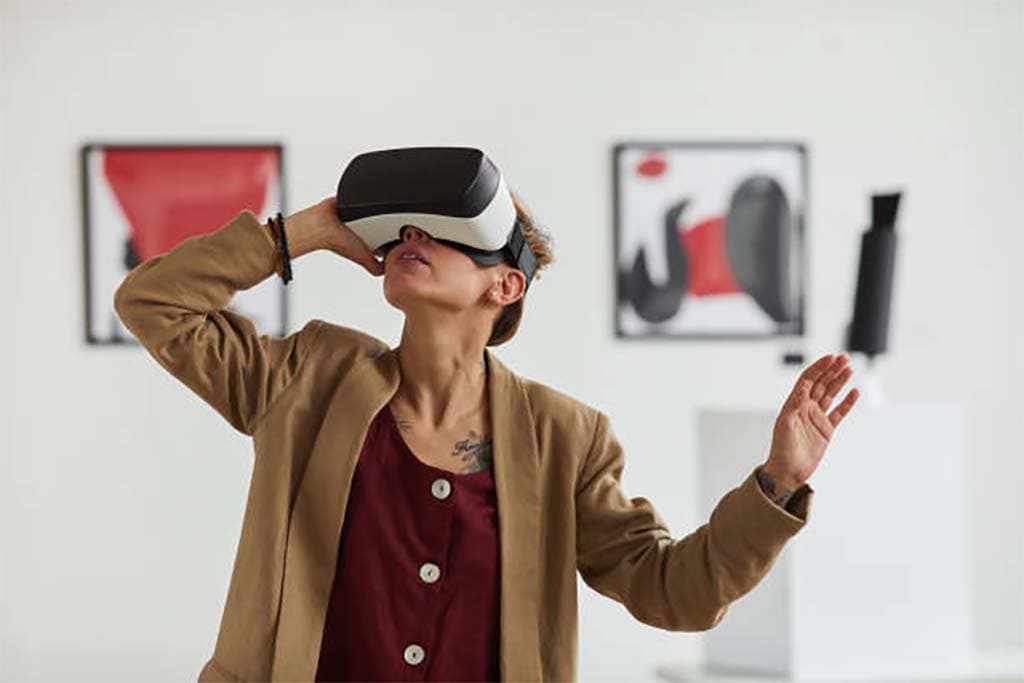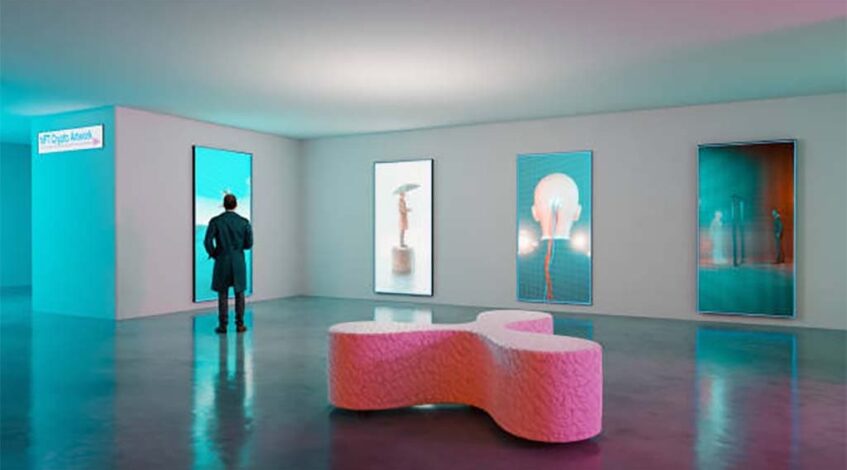From the dawn of civilization, art has transformed alongside technological advancements. Whether it was the invention of oil paints or photography’s evolution, technology has always guided artistic expression. Today, with the digital revolution, we’re witnessing another significant transformation. Digital tools, software, and platforms are ushering in new mediums, methods, and opportunities for artists and art enthusiasts alike. This deep dive will elucidate how these technological advancements are influencing the art world.
Digital Art and Its Rise to Prominence
Once a fringe movement, digital art has firmly established its foothold in the mainstream art community. Utilizing software tools like Adobe Illustrator or Corel Painter, artists can experiment endlessly, with undos and adaptations impossible in physical mediums. Beyond just creation, the digital realm offers unprecedented distribution avenues. Platforms like DeviantArt or ArtStation let artists share their creations with a global audience. With no need for physical galleries or printing costs, artists have newfound freedom and reach, democratizing the art world to an extent never seen before.
Virtual Reality and Augmented Reality in Art Exhibitions
The line between the real and the virtual blurs further when art adopts virtual and augmented reality. Imagine donning a headset and stepping into a painter’s imagination or having a sculpture piece evolve as you view it through an augmented reality lens. Art exhibitions today are not just about viewing but experiencing. Museums like the Louvre have already begun embracing VR for exhibits, allowing patrons to immerse themselves in the artist’s world. This interactive dimension adds layers of depth to artworks, making each experience unique to the viewer.
The Growing Popularity of Artistic Non-Fungible Tokens
The blockchain, a term once only relevant to cryptocurrency enthusiasts, has found its place in art through Non-Fungible Tokens (NFTs). These digital tokens verify the authenticity and originality of a piece of digital art, providing a digital certificate of authenticity. Renowned auction houses, such as Christie’s, have already recognized the potential, auctioning digital artworks for millions. For artists, this ensures that their digital creations are valued similarly to physical ones, giving rise to a new age of collectible digital art.
Social Media: A New Age Platform for Artists
The impact of social media on art is multifaceted. It’s not just a platform for artists to showcase their works but also a space for collaboration, feedback, and, most crucially, monetization. An artist’s journey, once a solitary one, has become a shared experience. Followers witness the creation process, provide real-time feedback, and often, become patrons. Platforms like Instagram have even integrated shopping features, enabling direct sales. For many modern artists, social media isn’t just a promotional tool, but a digital gallery, studio, and store rolled into one.
The Revival of Classical Art through Digital Restoration

Throughout history, countless works of art have suffered the ravages of time, facing degradation, discoloration, and sometimes, near obliteration. Digital restoration has emerged as a beacon of hope for these treasured pieces. By employing advanced imaging technologies, art restorers meticulously analyze the damage and reverse the effects of time. This not only brings back the lost charm but also helps in archiving art for future generations. What’s even more exciting is that these digitally-restored pieces can be reproduced, exhibited, or even shared online, breathing new life into them and reintroducing them to modern audiences who might never have seen them otherwise.
3D Printing: Sculpting in the Digital Age
Traditional sculpting, with its chisels and hammers, is undergoing a silent revolution. With the advent of 3D printing, artists can visualize, design, and create sculptures with unparalleled precision. The intricate detailing possible with 3D printing surpasses manual techniques, offering artists a level of control previously unimaginable. Moreover, once a design is created, it can be replicated, scaled, or modified with ease. This not only expands the creative horizons for sculptors but also democratizes art, allowing enthusiasts and amateurs to print and possess art pieces without prohibitive costs.
Interactive Art Installations: Engaging the Audience
Art has evolved from being a mere visual spectacle to an immersive experience, thanks to interactive installations. Utilizing sensors, projectors, and innovative software, these installations react to viewers’ movements, touch, or even emotions. Such art pieces morph and change, ensuring that no two experiences are the same. This dynamism is not just entertaining; it’s revolutionary. By actively involving the audience in the artistic process, these installations challenge the very definition of art, making viewers both the audience and a part of the creation.
Online Art Schools and Digital Art Education
The sanctity of brick-and-mortar art schools is undisputed. Yet, the digital realm is offering an alternative that’s hard to ignore. Online art schools and platforms are providing art education that’s accessible, affordable, and in many cases, comprehensive. Whether it’s mastering the nuances of digital painting or understanding the depths of Renaissance art, these platforms cater to a wide array of learners. They bridge geographical gaps, allowing a student in Asia to learn from a European master, all at the click of a button. The future of art education is inclusive and vast, thanks to the digital world.
Conclusion: The Ever-evolving Landscape of Art in the Digital Era
The brushstrokes of technology are evident across the canvas of contemporary art. As digital tools continue to evolve, so will the ways artists express, distribute, and monetize their work. What remains constant, however, is the undying spirit of creativity and expression. Whether it’s through a paintbrush or a stylus, a chisel or a 3D printer, art will continue to inspire, provoke, and mesmerize humanity.

